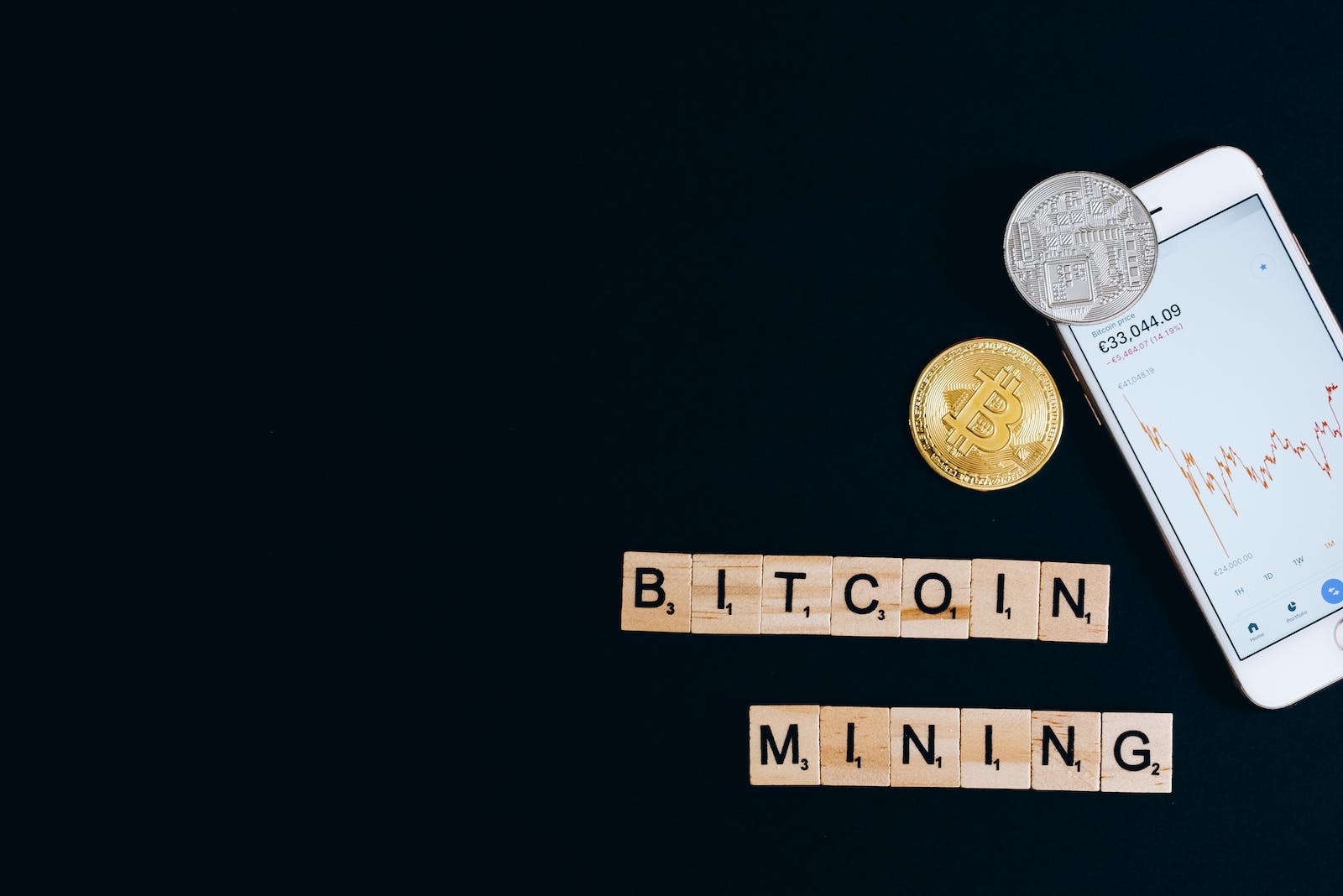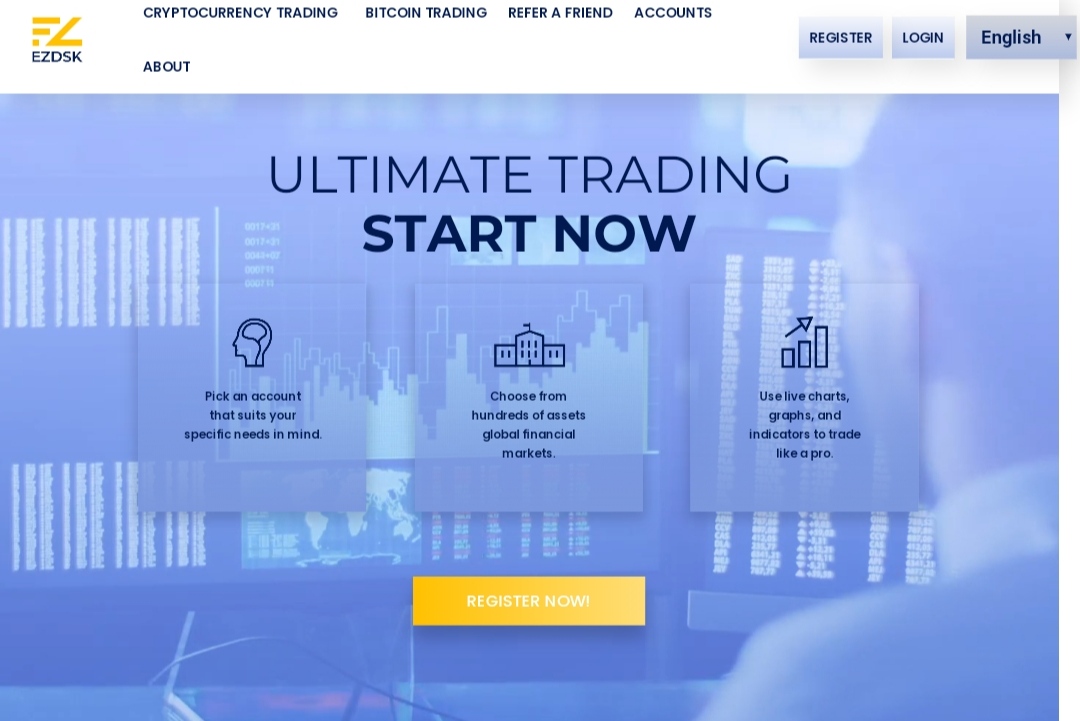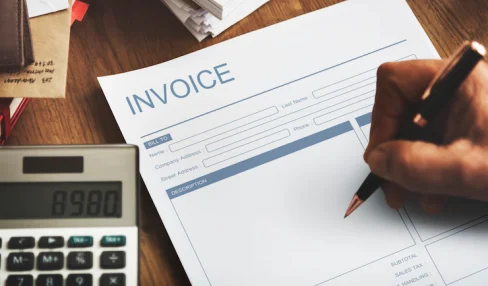A Beginners Guide To Mining Bitcoin
18 April 2023
6 Mins Read

toc impalement
Are you tired of dealing with the inconvenience and security risks of paper money and traditional card transactions? It’s time to step into the future of digital currency, where transactions are decentralized, intermediaries are eliminated, and security is at an all-time high.
The revolutionary concept of blockchain has transformed the way we think about digital transactions and money. Bitcoin, the first-ever decentralized digital currency, has taken the world by storm, offering a new level of financial freedom that’s never been seen before. Unlike traditional currencies, Bitcoin isn’t controlled by a central authority or intermediaries like banks and government institutions. Instead, its value is determined by a vast network of users all over the globe who work together to verify and maintain transactions through mining.
If you’re new to the world of cryptocurrency and want to get in on the action, mining Bitcoins is the perfect way to do it. In this beginner’s guide, we’ll walk you through everything you need to know about Bitcoin mining, including how it works and how you can get started. So let’s dive in!
Bitcoin Mining And Its Preliminary Requirements
At its core, Bitcoin mining involves utilizing specialized hardware and software to solve intricate mathematical equations that process, verify and secure transactions on the Bitcoin network.
Bitcoin Network And Miner Hosting
Although a beginner may perceive the Bitcoin network as similar to the Internet, it operates in a decentralized manner, utilizing a peer-to-peer network architecture. Additionally, mining Bitcoins is not as straightforward as merely browsing the network on a personal computer connected to the internet. To mine Bitcoins effectively, miners must establish and maintain the necessary hardware. That’s where miner hosting services come into play.
Popular miner hosting services like BitcoinMiningHosting.net provide a secure and reliable environment for your mining hardware, ensuring your equipment stays up and running around the clock. They take care of everything from the initial setup to ongoing maintenance and repairs, leaving you free to focus on mining and maximizing your profits.
Hardware Requirements
The primary hardware requirement for Bitcoin mining is a powerful computer, known as a mining rig, designed specifically for mining. Mining rigs usually have powerful graphic processing units or application-specific integrated circuits (ASICs). This is because Bitcoin mining requires processing high-definition graphics as well as performing complex calculations for mining. You’ll also need an additional power supply unit, CPU cooling systems, or liquid cooling to prevent overheating during heavy processing.
Software Requirements
The type of software you use for mining relies on your hardware specifications. The more powerful your CPU is, the heavier software you can run on your computer. Moreover, if you have a powerful GPU installed in your mining rig, you can use software for GPU mining, while ASICs-powered mining rigs make it possible to run software optimized for ASICs.
Storing Bitcoins
Before you start mining, you’ll need a dedicated Bitcoin wallet to store, trade, and manage your Bitcoins. There are several types of wallets available in hardware or software. Hardware wallets are considered safer than software wallets as they can store the private key on a dedicated physical device, making it difficult or sometimes impossible to hack.
Types Of Mining
When it comes to Bitcoin mining, there are a couple of different approaches you can take: solo mining and pool mining.
Solo Mining
Solo mining involves setting up powerful hardware and software in an individual setting and mining Bitcoins alone. As a beginner, solo mining can be both challenging and time-consuming, as you’ll be competing with other professional and experienced miners worldwide to solve mathematical problems and earn Bitcoin rewards. However, you’ll prefer and enjoy the independence of solo mining once you gain an in-depth understanding and experience in Bitcoin mining.
Read Also: What You Need To Know About How Cryptocurrencies Work
Pool Mining
As a beginner, joining a mining pool is the best option for you as it can significantly increase your chances of successfully mining Bitcoins and help you learn from the experience of expert miners. Mining pools are groups of miners who work together to solve complex mathematical problems, sharing the rewards based on each miner’s contribution.
To join a mining pool, you’ll need to find a pool that’s compatible with your mining hardware and software and create an account. Some miner hosting services also provide mining farm services where miners can work together from a single physical location. Once you’ve joined a pool, you’ll start contributing to the pool’s mining efforts and earning a share of the rewards.
Bitcoin Mining: How Does It Work?
Bitcoin mining is a complex yet rewarding process of adding new transactions to the Bitcoin network or decentralized blockchain ledger, wherein you have to solve a problem and guess the right number. Let’s start by knowing how miners solve mathematical problems.
Solving Complex Problems
When a transaction is made on the Bitcoin network, it is broadcasted to all nodes or computers on the network. The transaction data is then collected and bundled into a block, which contains multiple transactions. Miners then work to solve a cryptographic puzzle that is unique to that block. The first miner to solve the puzzle adds the block to the blockchain and receives a reward in the form of Bitcoins for their efforts, as well as any transaction fees associated with the block they have verified. In the world of blockchain, we call this process proof of work (PoW).
Verification Of Solution
Once a miner has successfully solved a block, they broadcast it to the network for verification. Other miners then check the solution to ensure that it is correct, and if it is, they add it to the blockchain. Since transactions are verified and validated by a network of users rather than a centralized authority, the system is more resilient to hacking or fraud, allowing for greater anonymity and privacy.
Upgrading Level Of Difficulty
The Bitcoin network adjusts the difficulty of the cryptographic puzzle after 2016 blocks or approximately every two weeks. This is done to maintain a consistent rate of new Bitcoin creation, which helps ensure that the supply of Bitcoin is finite and not subject to inflation or manipulation by central authorities.
As more miners join the network and the total computing power increases, the difficulty of the puzzle automatically adjusts to become more challenging, making it harder to mine Bitcoin and earn rewards. This system helps maintain the security and stability of the network, ensuring that Bitcoin remains a valuable and decentralized digital currency.
Wrapping Up
Mining Bitcoin can be a profitable and rewarding way to earn Bitcoins while also contributing to the security and stability of the network. As a beginner, it’s essential to understand the hardware and software requirements for mining, as well as the different types of mining options. Additionally, finding a reliable and secure miner hosting service can help simplify the process and ensure maximum profitability.
However, it’s important to note that Bitcoin mining is not without risks. The volatile nature of the cryptocurrency market can result in fluctuations in the value of Bitcoin, and the cost of mining equipment and electricity can be significant. It’s important to do your research and weigh the potential rewards against the risks before investing in mining equipment.
Read Also:


















Comments Are Closed For This Article